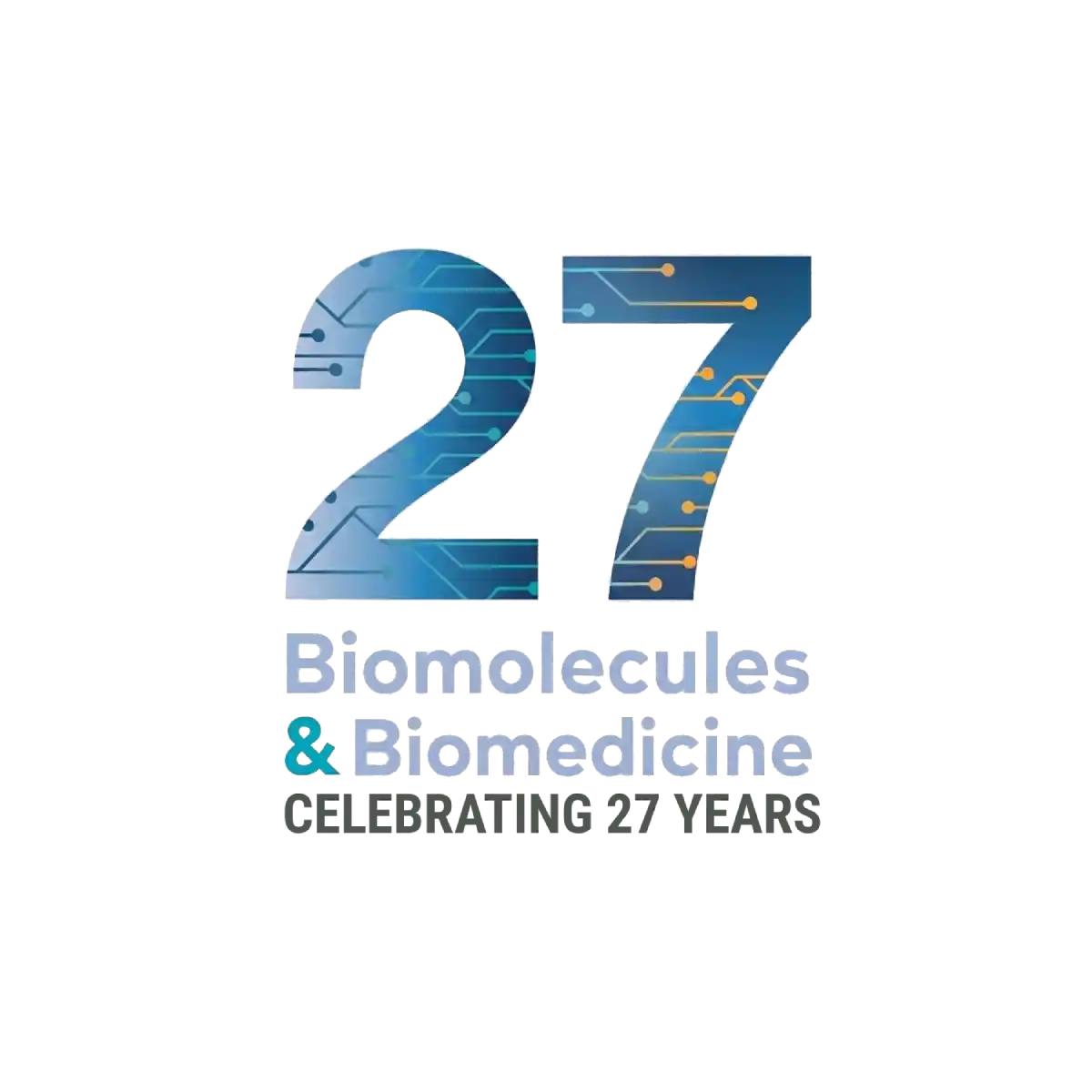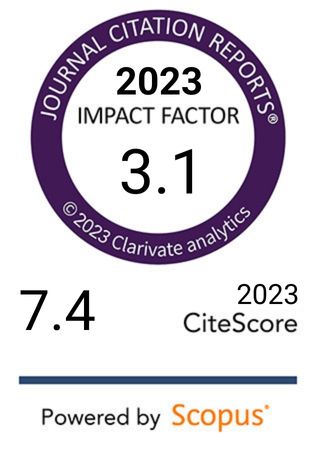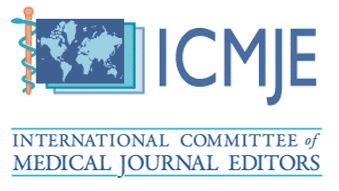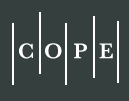Predictive biomarkers for post-neonatal necrotizing enterocolitis intestinal stenosis: Role of JMJD3, CRP, and PCT
DOI:
https://doi.org/10.17305/bb.2025.12766Keywords:
Intestinal stenosis, necrotizing enterocolitis, CRP, PCT, JMJD3Abstract
Necrotizing enterocolitis (NEC) is a severe, often life-threatening gastrointestinal disease in neonates, predominantly affecting preterm infants, and is frequently complicated by intestinal stenosis—a condition whose nonspecific clinical manifestations make early diagnosis and timely intervention particularly challenging. We aimed to investigate the clinical characteristics of NEC intestinal stenosis and its correlation with the histone demethylase Jumonji domain-containing protein 3 (JMJD3). A total of 310 children with NEC treated between February 2021 and June 2024 were retrospectively enrolled, categorizing them into an NEC group (n=265) and a post-NEC intestinal stenosis group (n=45). General data and laboratory indicators were collected, and analyses were performed to identify factors influencing the development of post-NEC intestinal stenosis. Spearman correlation analysis was utilized to assess relationships between JMJD3 and clinical parameters. Results indicated that the post-NEC intestinal stenosis group exhibited significantly lower platelet counts (PLT) and elevated levels of serum C-reactive protein (CRP), procalcitonin (PCT), and JMJD3 in intestinal tissues (p<0.05). JMJD3 was significantly associated with the development of post-NEC intestinal stenosis (p<0.001), presenting a 3.114-fold increased risk. Furthermore, JMJD3 levels were negatively correlated with PLT levels and positively correlated with CRP and PCT levels (p<0.001). Receiver operating characteristic curve analysis demonstrated that the combination of CRP, PCT, and JMJD3 provided the highest predictive efficiency, with an area under the curve of 0.918, sensitivity of 86.67%, specificity of 86.42%, and a Youden index of 0.731 (p<0.05), all surpassing the performance of individual markers. In conclusion, levels of CRP, PCT, and JMJD3 were significantly elevated in NEC children with intestinal stenosis. Their combined assessment presents a highly effective approach for the early diagnosis of post-NEC intestinal stenosis.
Citations
Downloads

Downloads
Published
Issue
Section
Categories
License
Copyright (c) 2025 Tao Qin, Chenxia Rao, Yunsen Deng

This work is licensed under a Creative Commons Attribution 4.0 International License.









